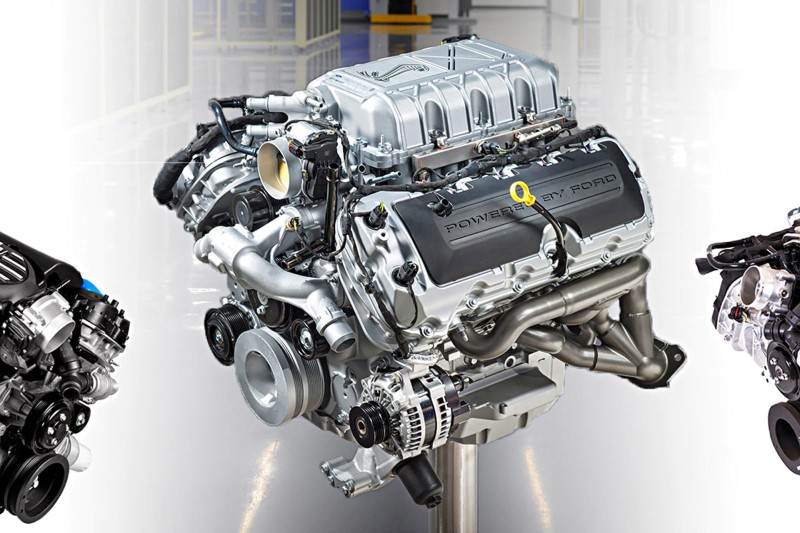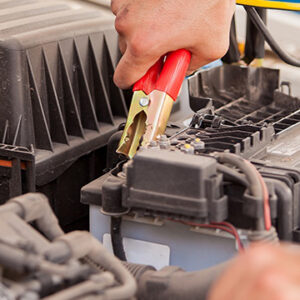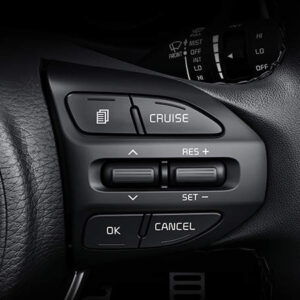What is a Coyote engine? What is a Ford coyote engine? The Ford Coyote engine is a high-performance V8 engine produced by Ford Motor Company. It is an all-aluminum engine that was first introduced in 2011 as the powerplant for the Ford Mustang GT. Since its introduction, the Coyote engine has become popular with high-performance enthusiasts looking for a powerful and reliable engine.
What Is A Coyote Engine?

Ford’s Coyote engine is a modular V8 with a 5.0L displacement. Despite its relatively small displacement, it’s able to create 412-460 horsepower (depending on the Coyote engine generation) using Twin Independent Variable Camshaft Timing (Ti-VCT) and cam torque actuation.
The 4th-gen Coyote motor will debut in the 2024 Mustang, but the Coyote engine has been the beating heart of the Mustang GT since 2011. These engines have come to signify Ford’s commitment to keeping the Mustang among the most powerful muscle cars on the road.
From its history to its name to the engineering that’s gone into each engine, people have many questions about the Coyote engine, and the answers are remarkably satisfying.
How’d The Coyote Engine Get Its Name?
Ford’s Coyote engine is named after one of the most successful race cars in history. Ford’s first four-valve V8-powered racecar – The Coyote – was made for driver AJ Foyt, who went on to win 25 out of 141 races with it! Two of those races happened to be the 1967 and 1977 Indy 500s.
When Ford asked for ideas for its new V8 motor’s name, one of the engineers remembered this piece of Ford’s history and suggested the name. The response to the Coyote name was immediately positive, and it stuck.
The History Of The Coyote Engine
First launched in 2011, but conceived in 2007, the Coyote was designed and built specifically for the Mustang as a new high performance engine and something that could compete against the new builds from Chevy
In 2009, General Motors relaunched their Chevrolet Camaro, with a modern 3.6-litre V6 putting out 304bhp. Then in 2010, the 6th generation Dodge Charger from DaimlerChrysler hit the production line, with a suitably shouty muscle-car look this vehicle had a 375bhp V8.
Naturally the Ford offering had to go a step further, so its 5.0 liter, four-valve TiVCT V8 was spec’d to not only out perform these vehicles by exploiting newer technologies, but was also intended entirely for mainstream production.
Looking back and seeing how the Coyote took to the mainstream while further evolving over the years, they were clearly on the money with that first generation build.
Consequently, the 1st gen Coyote 5.0 showed immense promise at the heart of one of the most important Mustang V-8’s. It was in production from 2011 through to 2014 and retailed for just $7,500.
The 2nd gen in 2015 saw the first major design changes for this engine – with the main focus being to help it breathe better, especially at high speed. That included larger intake valves, larger exhaust valves, revised intake / exhaust camshafts, and stiffer valve springs to ensure full valve closure at high RPM’s.
In 2018, Gen 3 saw further modifications, with the addition of a more advanced Direct and Port Fuel Injection, and the Twin Independent Variable Camshaft Timing (Ti-VCT). With a new high-flow cylinder head, and increased compression ratio, the engine is capable of delivering 460 horsepower at 7,000 rpm which translates into 420 ft per lb or torque at 4,600 rpm.
In 2024, we’ll see further improvements still with additional horsepower gains within a largely similar block to that of the gen 3.
Coyote Engine Technology

The first Coyote engine was incredibly powerful for its size based on some really neat engineering. The first-generation 5.0L Coyote engine was able to create as much power as a 6.4L Hemi with a significantly smaller displacement.
Ti-VCT Technology
Variable Camshaft Timing (VCT) is a technology developed by Ford that allows for greater fuel efficiency and lower emissions. Variable, or changing, camshaft timing is achieved by electronically speeding it up or slowing it down based on engine load and RPM.
VCT typically is used on either the exhaust camshaft (allows for better emissions) or the intake camshaft (allows for greater power).
Naturally, most people want power and better emissions. So, the question became how to allow for variable timing on both the intake and the exhaust valves and allow them to function independently of one another.
The Twin Independent Variable Camshaft Timing (TI-VCT) improved on VCT’s technology by allowing camshafts to act independently. The result was more power and torque.
The first generation Coyote engine used this technology to produce 412 horsepower and 390 pounds of torque. It was so powerful they had to figure out how to improve the engine’s walls.
Instead of increasing the thickness of the engine’s walls, webbing was built into the walls to allow the block to handle the increased power output.
Cam Torque Actuation (CTA)
The Coyote differs from other Ti-VCT engines of the time in that it also uses Borg-Warner’s Cam Torque Actuation. CTA uses torsional energy to rotate the camshaft instead of oil pressure-driven cam phasing like Hondas have.
Coyote Engine Modifications
In addition to being a powerful and unique engine, the Coyote is also modifiable. Coyote modifications are a popular way to improve on an already excellent engine. With even a few basic bolt-on components, it’s easy to drive the Coyote engine even further. Even something as simple as adding a cold air intake can increase your horsepower.
What Is Coyote Swapping?
The Coyote engine has become a fan favorite, and “Coyote Swaps” are a popular modification for restoration fans. Coyote swaps simply involve slipping the high-powered crate engine into older Mustang body styles, like the Fox Body. In the lighter bodies, the engine can really fly.
Coyote Swaps are popular with a wide range of Mustang enthusiasts. Fox Body Coyote swaps are amazing, but SN95 Coyote swaps tend to be a little easier since you’re swapping between similar engines.
Ford Muscle Cars – A New Generation
Back in 2011 when the Coyote 5.0 Liter V8 was launched, it was able to bridge the unwelcome gap between what had become widely expected from Ford’s production line capabilities and the performance for which the car builder aspired toward. Chevrolet and Dodge were on the coattails of Ford so they needed something pretty special to grab themselves some lead.
Fast forward ten years and it’s clear to see how the 5.0-liter Coyote has achieved its goals and hit some impressive milestones. With clear success in the Mustang, the Coyote engine is equally favored by tuners and can be seen powering up drag strips right across the country.
The Future Of The Coyote Engine?
There are many emerging developments with more eco-friendly engines, and a shifting consumer dynamic looking for more sustainable ways of getting around. Not to mention the government placing increasing downward pressure on manufacturers to try and shift away from the V8 gas guzzlers of days gone.
However, despite all this, people still want a V8. We want a V8. There is no match for the rumbling growl of a V8. The Coyote 5.0 is nothing short of perfection in this regard, and we’re pleased to hear that Ford is intending to keep on building their V8’s for the foreseeable future, albeit the road ahead isn’t entirely clear.
But what’s next for the Coyote beyond 2025? Will there be a 5th generation that sees a fuel swap? Quite possibly. With Ford’s recent 2022 patent for a V8 engine that has the same architecture as a gas based V8 but is fueled by hydrogen, it’s certainly on the cards that we eventually see the dawn of an entirely new class of engine, and one that plays a valid role for both eco-warriors and gearheads alike.
FAQs
What is different about the Coyote engine?
The Mustang Coyote engines were equipped with stainless steel Tri-Y exhaust manifolds, performance based camshafts, higher compression ratio (11:1), and wider oil pump gears.
What’s the difference between a 5.0 and a Coyote?
These 5.0L Coyote engines produced lower emissions, better economy, more power, and less vibration than the old pushrod 302 5.0L engines. The 5.0 coyote engine has evolved over the years into the special variants versions powering some of the most legendary special-edition Mustangs.
What is so good about the Coyote engine?
This is due in part to the engine’s advanced fuel injection system and variable cam timing. Additionally, the Coyote engine is known for its durability and reliability. The engine is built with high-quality materials and features a robust design that can withstand high levels of stress and abuse.
Above is information about What is a Coyote engine? that we have compiled. Hopefully, through the above content, you have a more detailed understanding of What is a Ford coyote engine? Thank you for reading our post.









